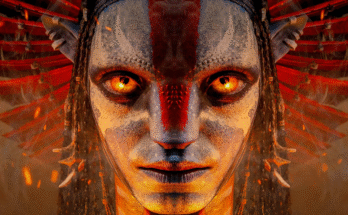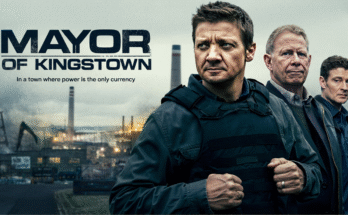The elements rise once more in Avatar: The Last Airbender (2025) — a sweeping live-action reimagining of one of animation’s most beloved epics. Set in a fractured world teetering on the brink of annihilation, the series brings to life the elemental fury and spiritual depth of the original tale with cinematic ambition and newfound emotional weight.

The story opens as Aang, the cheerful yet haunted last Airbender, awakens into a world he no longer recognizes — a century ravaged by war, colonization, and despair. He is not just a survivor. He is the Avatar — the only one who can bend all four elements, and the only one who can restore balance. But he’s still just a child, and the road ahead is heavy with expectation.
What elevates this version is its tonal maturity. The characters you remember are here, but deeper: Katara (imbued with resilience and pain), Sokka (comic relief laced with trauma and loyalty), and Zuko, portrayed with a simmering complexity that makes every glare and fireblast burn with purpose. His arc — torn between honor and identity — is the emotional anchor of the series.
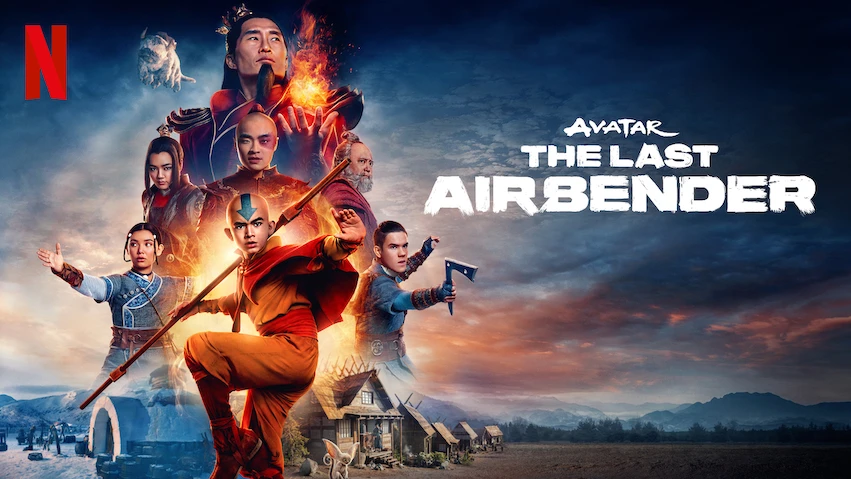
Visually, Avatar (2025) is a feast of elemental grandeur. Water whips into glacial spirals, fire explodes in furious arcs, earth rumbles beneath choreographed clashes, and air moves like poetry in motion. Each bending style is grounded in authentic martial arts, blending elegance and violence with reverence. The show doesn’t just depict magic — it respects it.
The heart of the show, however, remains the emotional stakes. Aang’s journey is not just about defeating a tyrant — it’s about facing grief, fear, and responsibility. His playful spirit contrasts beautifully with the shadow looming over him: Sozin’s Comet, and the Fire Nation’s crescendo of destruction led by the terrifying Fire Lord Ozai.
Supporting characters like Uncle Iroh bring warmth and wisdom, while political undertones — colonialism, genocide, and rebellion — simmer beneath every village visit and military skirmish. This is a world at war, yes, but also a world yearning for healing. The storytelling is patient, trusting viewers to grow alongside its characters.
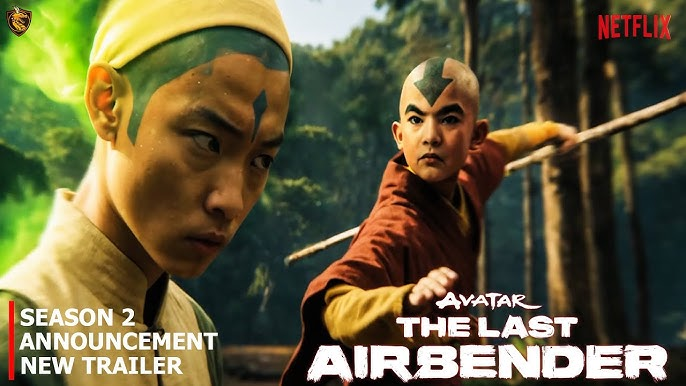
The soundtrack swells with ancient echoes and modern urgency — flutes, drums, and ambient textures that elevate key moments without overpowering them. The costume design honors each nation’s culture, with texture-rich fabrics and subtle symbols denoting rank, tradition, and tension.
Some purists may hesitate — live-action adaptations carry the scars of past disappointments. But this version feels crafted, not copied. It doesn’t aim to replace the animated series, but to honor it through a new lens. And in doing so, it delivers moments that feel both familiar and exhilaratingly fresh.
Final Verdict: 9/10 – A Powerful, Poetic Rebirth
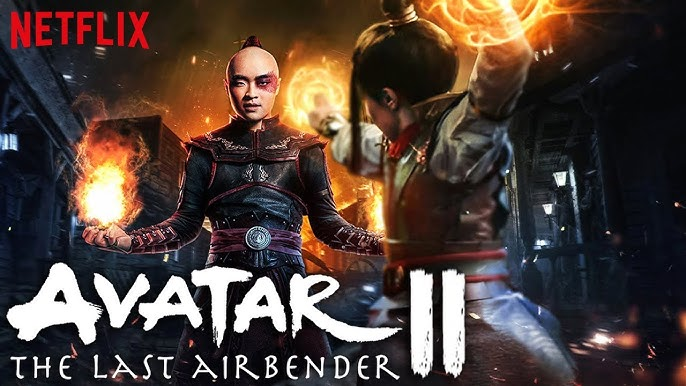
Avatar: The Last Airbender (2025) is not just a retelling — it’s a resurrection. Faithful yet fearless, this series respects the spirit of its predecessor while carving out its own legacy. With its blend of emotion, philosophy, and spectacle, it proves once again: some stories were born to be retold.
“In a time of chaos, hope has returned on the wind.”
The Avatar has awakened. The world is watching.


